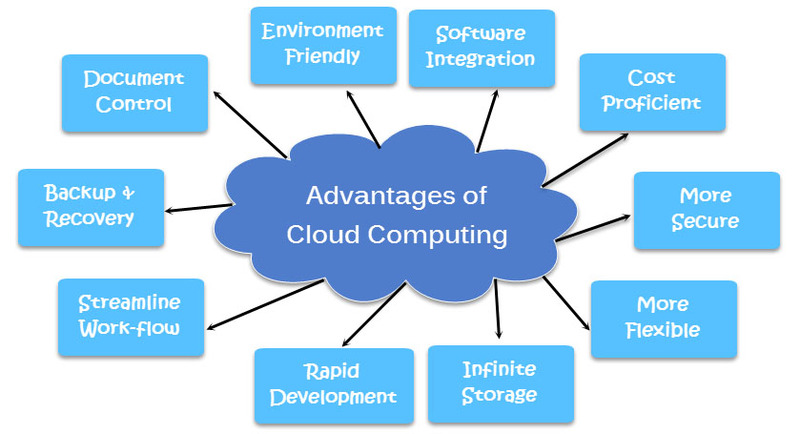e-Learning Ecologies MOOC’s Updates
Cloud Computing
Cloud computing opens up a world of new opportunities for the teachers and learners as it provides ubiquitous, convenient and on demand network access with the help of a set of hardware and network resources using Web. Cloud computing is a subscription-based service where you can obtain networked storage space and computer resources (Lewis, 2009).
Some of the services provded by cloud computing are;
Microsoft for Education
Google apps for Education
Chrome books for Education
Tablets with play store apps for Education
Amazon’s AWS cloud for Education
Benefits of Cloud Computing;
- Cloud-based textbooks are less expensive than printed content. So it reduces the cost of expensive books. Hence paper free environment.
- Cloud-based materials are easy to update in real time.
- It provides access to the most current learning materials to the students.
- It need no expensive hardware, as it can be accessible even on mobiles.
- It saves the content automatically, i.e. google docs.
- It provides various opportunities for collaboration and exchange of ideas.
- It fosters personalized learning.
http://www.netlabsits.com/blog/2016/09/23/benefits-of-cloud-computing/
As far as my own teaching practices are concerned I used mobile devices for enhanced learning. BYOD ( bring your own device) goes hand in hand with cloud computing. For my students it aroused their motivation, provides them with autonomy and give them the ownership of their own learning. Few more benefits of this mobility in my class were;
- It enhances students engagement and interaction
- It is convenient and flexible
- It empowers learning any time, any place
- It provides ease of implementation
- It helps to cater the individual needs of the learners
Link:
Whitepaper by http://www.crucial.com.au
Lewis, Grace. Cloud Computing: Finding the Silver Lining, Not the Silver Bullet. http://www.sei.cmu.edu/newsitems/cloudcomputing.cfm (2009).



Saadia you made some great points. I really think cloud computing has made a significant shift in how students interact with the materials provided in classrooms.